
6 minute read
Fort Sod
title
Falls of the Big Sioux River from the archives of the Library of Congress.
Advertisement
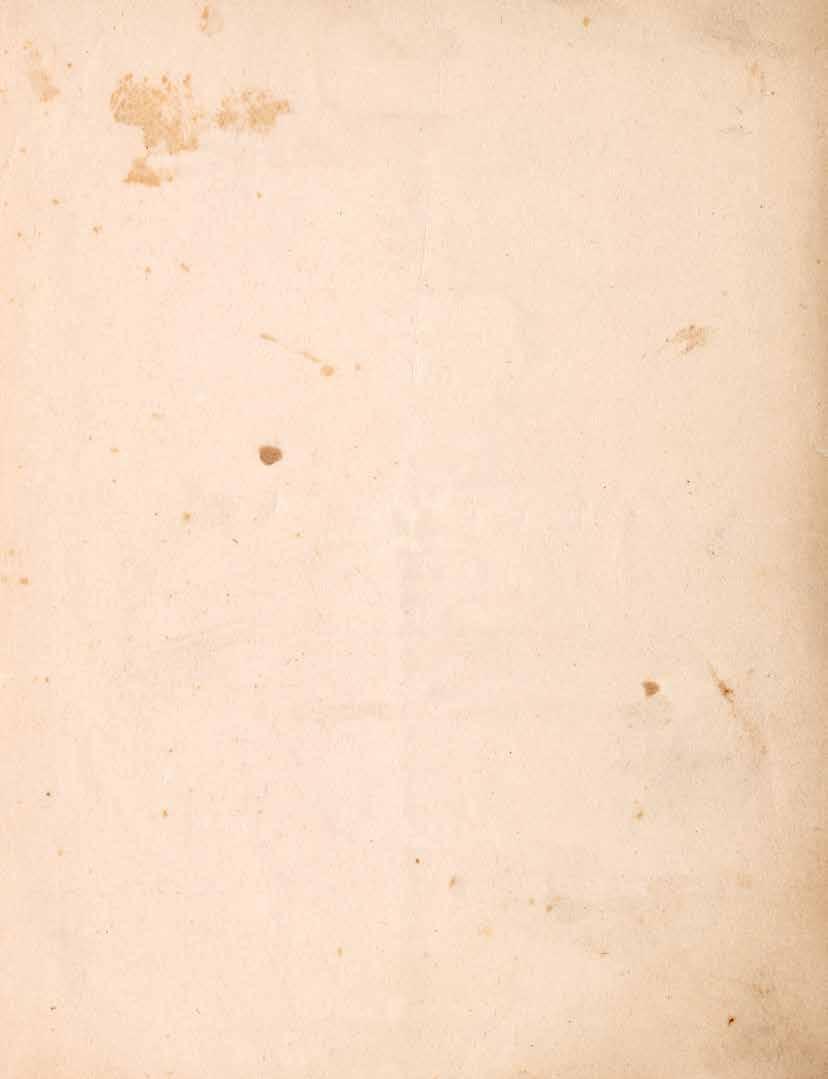
Fort Sod
The Story Behind the Marker
MARKER AUTHOR: WAYNE FANEBUST
In mid-summer of 1858, a small but determined group of pioneers — 36 in all, including one woman — were fearfully cloistered in a small, crudely and hastilyconstructed fort of sod, which they called, appropriately: “Fort Sod.” It was located near the bank of the Big Sioux River, near present-day 9th Street in Sioux Falls.
The Fort Sod incident has been mentioned in just about every book written about the early days of Minnehaha County history, and as such, many history buffs and historians are familiar with it. It has been ranked as one of the unique stories about the dangerous Dakota frontier. The people who occupied this simple, but important, historical edifice had been warned about a possible attack by Native Americans who were angry and upset over the increasing presence of white people along the Big Sioux River. Only two years before the building of Fort Sod, the first town site speculators came to the Falls of the Big Sioux river. They were from the Western Town Company created in October of 1856, in Dubuque, Iowa. They came in the fall of the year and claimed 320 acres of land, including Falls, under a federal town site law passed by Congress in 1844. They called their town site “Sioux Falls.”
By the summer of 1857, the Dubuque speculators had company. The Dakota
Land Company had been created by the Minnesota territorial legislature for the purpose of founding a town site at the Falls. This group also claimed 320 acres adjacent the claim of the Western Town Company, after learning that the coveted Falls of the Big Sioux River was taken. The St. Paul men were no doubt disappointed, but undaunted, and they called their town site “Sioux Falls City.” The Dakota Land Company had town sites at Medary, Flandreau and Eminija along with other sites in southwest Minnesota.
When the two town sites were founded, the area was a part of Minnesota Territory. In May of 1858, Minnesota was admitted to the Union within its present boundaries, leaving the Dakota portion without organization. This is precisely what the speculators expected and it fit their plans rather nicely. They could now work to convince Congress to create a new territory,
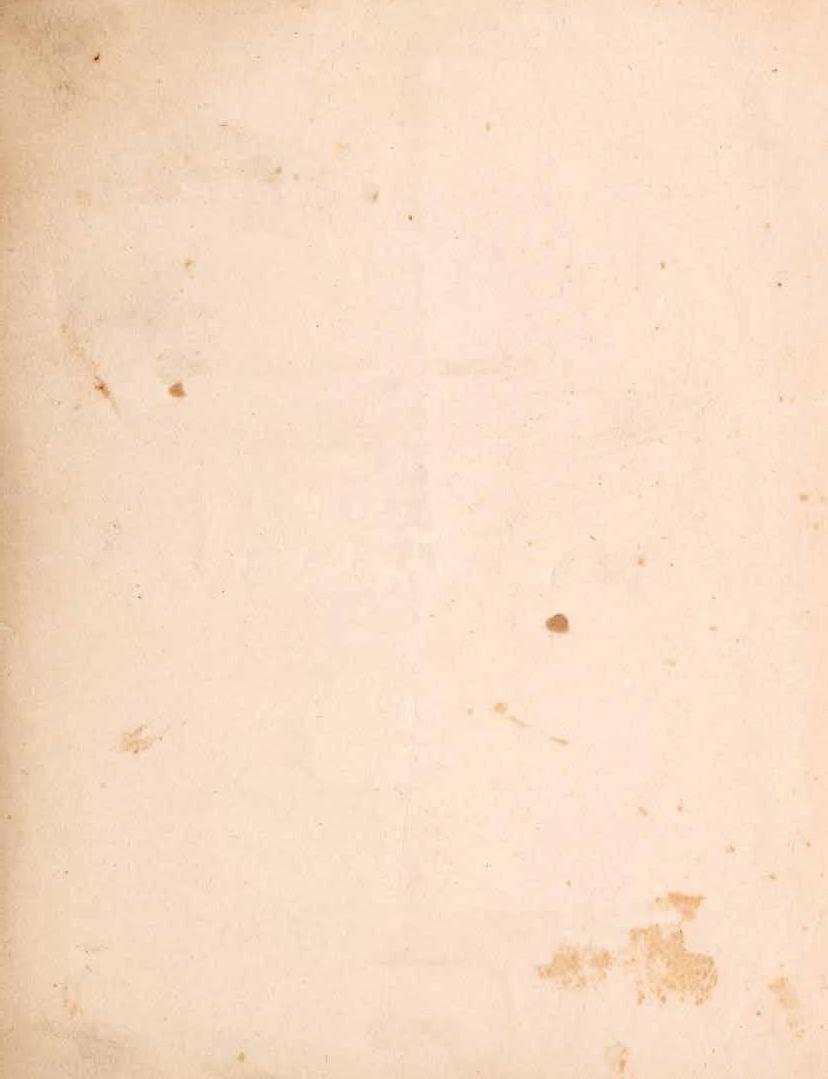
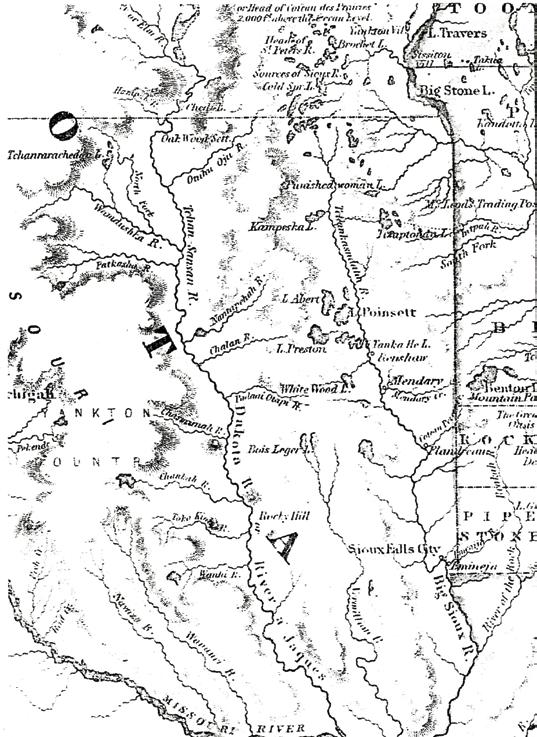
Part of a map of Dakota and Minnesota showing Sioux Falls City on the Big Sioux River.
called Dakota, that would embrace their town sites and put them in a position to gather unto themselves the political offices of the new territory. They looked at the great expanse of raw, wild land, and saw a financial and political bonanza. Because they got there first, it was theirs to control and exploit. With this in mind, members of the rival companies resolved to work together to build a city at the Falls.
But they had to get through a crisis.
Wilmot W. Brookings came to the Falls in 1857 with the
Western Town Company.
A rider came to the town site with news that Indians had driven the settlers out of Medary, well north of Sioux Falls in what became Brookings County, and destroyed the town site. The disaster was discussed by the settlers and it was decided that they would stay, rather than give up their valuable claims. They went to work.
Fort Sod was built around the Dakota House, a small stone structure on the claim of the St. Paul men. They decided to use the Dakota House as their central defense because it was on level ground, and less vulnerable to an attack. The walls were 7 to 8 feet high with portholes for shooting through, should an attack actually come. There was a spring inside for water, a ditch was dug around the fort, and a fence built around 3 acres of land outside the fort for livestock The enclosure was

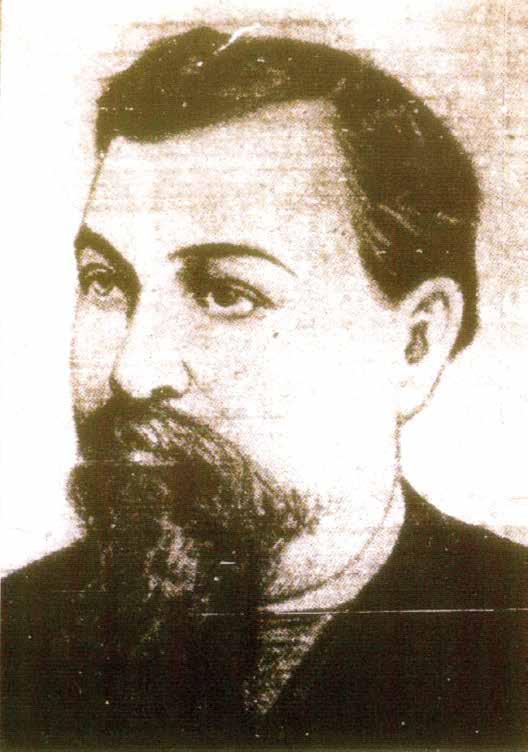
small, about 100 feet square and a small cabin was built into the fort.
The occupants of Fort Sod included Rebecca Goodwin, the only woman in the group, who came to the area with her husband and a hired man. She made a flag out of shirts and skirts that was flown from the crude battlements. James M. Allen, from Ohio, wrote a letter to his father from the fort that spoke of their determination
Incident of Fort Sod Historical Marker
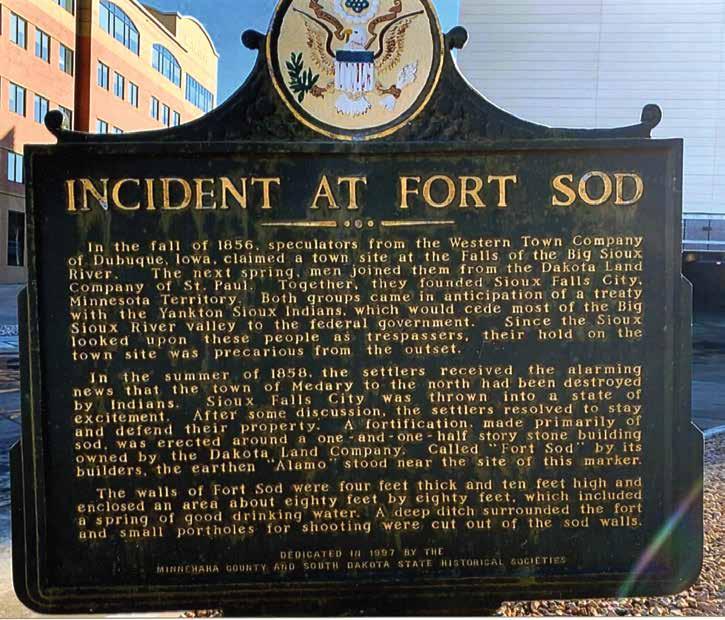
to resist and fight, if necessary. Other members of the gallant 36 were probably Dr. Josiah L. Phillips, John McClellan, Alpheus G. Fuller and W. W. Brookings. All of these men were destined to stay in Dakota and contribute to the building of the towns of Sioux Falls and Yankton.
Although there was no doubt apprehension, due to the fear of Indians, there was not much for the people to do. It is

unlikely that they stayed within the confines of the fort. There simply wasn’t much room. Yet despite the cramped quarters, those that ventured outside probably stayed close to the safe zone at all times. There may have been some anxious moments and maybe some false alarms, but the record doesn’t provide any specifics. Most likely the people were bored and looked for something to relieve the monotony.
The siege ended when two men arrived with a wagon load of supplies. The Fort Sod folks were overjoyed to see them. The rag-tag bunch marched out of the fort in high spirits to resume their normal lives, farming, hunting and building. They had stood their ground and without having to fire a shot, they came through unscathed, feeling very optimistic about the future.
at home 28 At Home on Lake Madison
recipes 38 Cherry Filled Coffee Caket
man in the kitchen 40 The Quarantine Kitchen
vino 44 Hot Dogs, Bratwurst, and Wine, Oh My!
knick knacks of life 50 A Puppy is the Answer
health & well-being 54 Top Tips for Better Gut Health

nest
TRANSITIONAL SHADES

Illusion Shades
INSULATING BY DESIGN

Custom hardwood shutters
PRIVACY AND INSULATION

Tandem TM blackout cellular shades
BLOCK HARMFUL UV RAYS
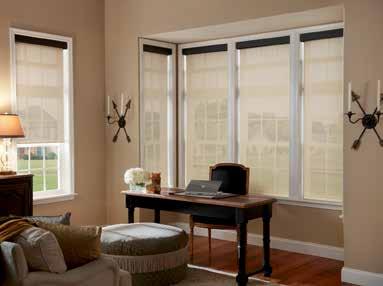
Solar shades significantly reduce energy costs
WINDOW COVERINGS SOLUTIONS FOR YOUR HOME OR BUSINESS
25% OFF

Selected Signature Series ® Window Treatments*
Contact your local Style Consultant today! 5303 W. 41st Street 605-332-7265 • BudgetBlinds.com
*Offer not valid with any other offers. Offer good at time of initial estimate only. Budget Blinds is a registered trademark of Budget Blinds, Inc. and a Home Franchise Concepts brand. Offer valid through 6.30.20.







